
The Polish problem: On the frontline of migration
More and more migrants enter the EU via its northeast border, making Poland a buffer against Moscow’s politically driven bid to destabilize Europe.
A collection of 11 posts

More and more migrants enter the EU via its northeast border, making Poland a buffer against Moscow’s politically driven bid to destabilize Europe.
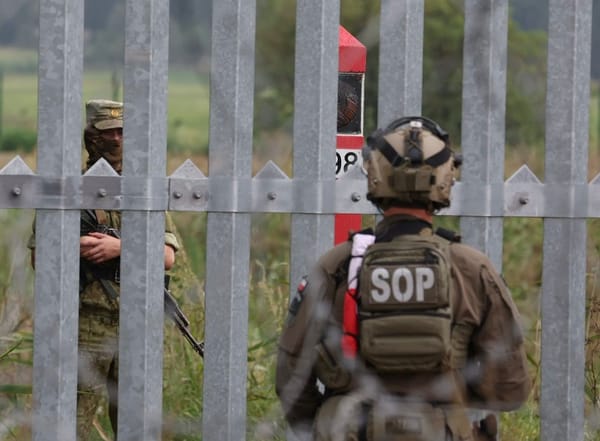
Von der Leyen's visits to frontline NATO states aims to deliver a message of solidarity while boosting Europe’s defence capacity, promoting joint procurement and galvanising industrial support through the EU’s SAFE mechanism.

“For Europe, analysis of the historical data shows that a 1% drop in geopolitical alignment is associated with a corresponding 1% decline in trade intensity,” Deloitte observed.
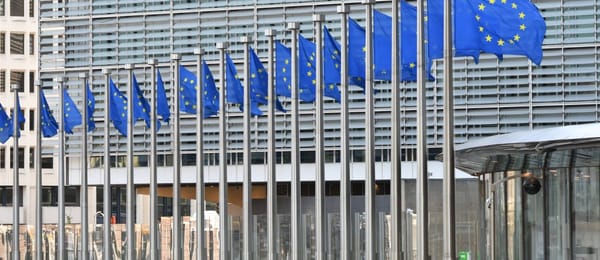
The EC is expected to present the proposal formally as part of its mid-term budget review later this year. The plan must be approved unanimously by all 27 member states and endorsed by the European Parliament. Opposition is expected from net contributor countries and regions facing cuts.
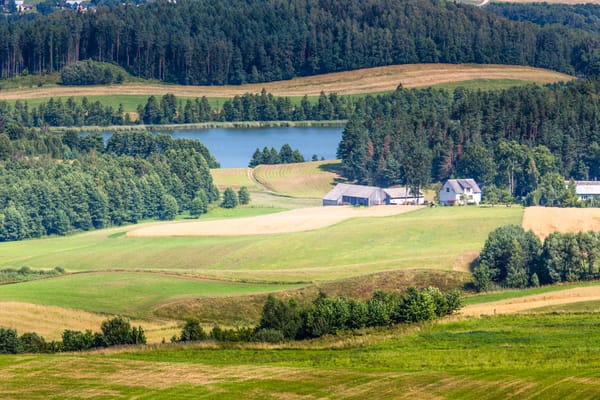
“If Ukraine falls, Lithuania is next. That’s not speculative. It’s consistent with everything Putin has said and done,” Petraeus said.
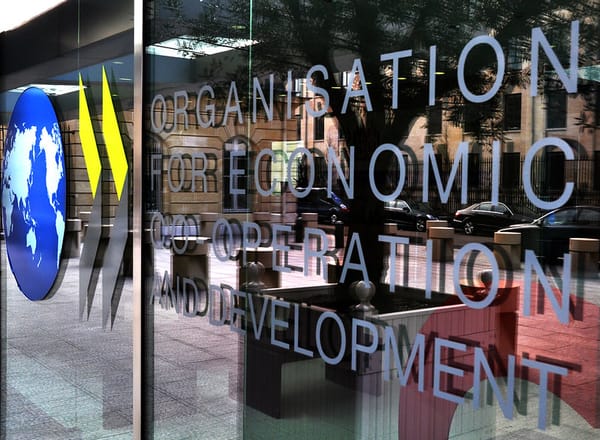
The EU’s employment rate reached a record high of 70.9% in the fourth quarter of 2024, according to the Organisation for Economic Co-operation and Development (OECD). But while this marks a major milestone for the bloc, the picture in Central and Eastern Europe (CEE) is more complex, as
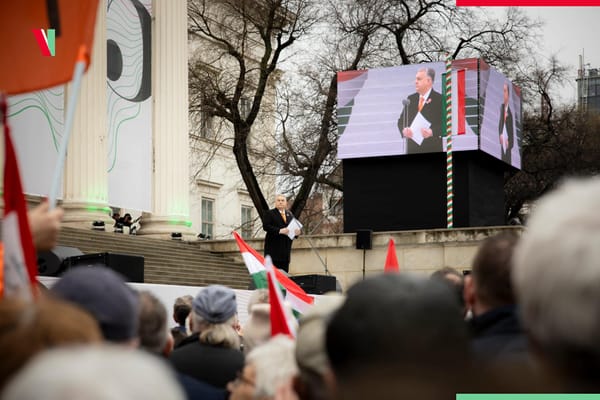
As political landscapes shift across Central and Eastern Europe (CEE), governments are recalibrating their approaches to Ukraine, European security, and internal governance. The region remains split between pro-European integration and nationalist, often pro-Kremlin, forces: Czechia and Poland reinforce their commitments to Ukraine, while Hungary and Slovakia align with Moscow. Meanwhile,

Digital news consumption in Central and Eastern Europe (CEE) is transforming, driven by evolving audience habits, technology adoption, and growing mistrust in traditional media, according to Reuters Digital News Report 2024. Internet penetration and smartphone usage have enabled a rapid shift online, but challenges related to declining trust in news
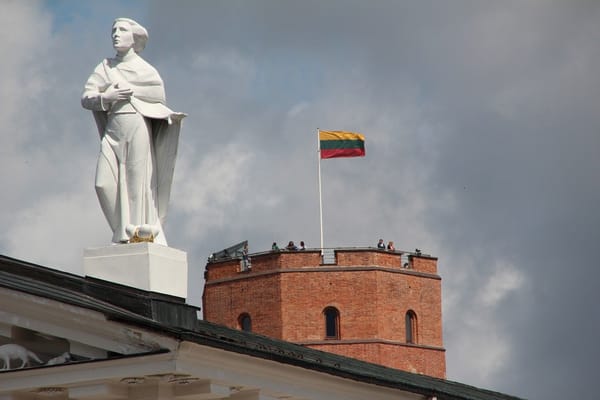
Lithuania’s new Prime Minister Gintautas Paluckas plans to increase the country’s defence spending to 3.5% of GDP in response to security concerns, he announced as he took office on Thursday, 21 November. MPs in the Baltic country’s parliament, the Seimas, confirmed Paluckas, 45, as the country’
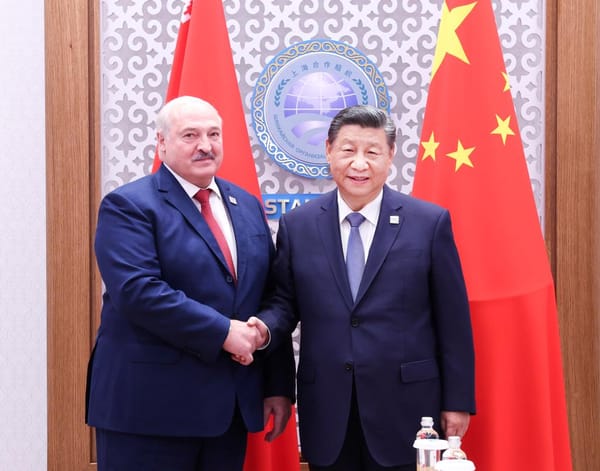
Poland has called for border protection discussions within NATO as China and Belarus carry out their first ever joint military manouevres near the Polish border. Chinese soldiers carrying out “anti-terrorism training” in Belarus add a new dynamic to the security situation in Central and Eastern Europe, as Russia’s war
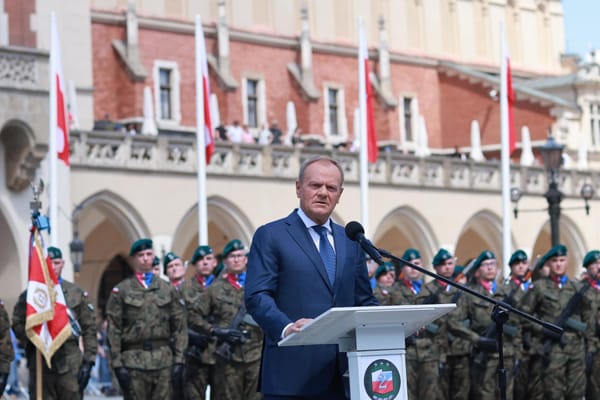
Poland will invest PLN 10bn (EUR 2.35bn) in securing its eastern border against the rising threat of Russia and Belarus, Polish Prime Minister Donald Tusk said on Saturday, 18 May. Tusk said Poland is “starting a major project to build a secure border, including a system of fortifications, landscaping